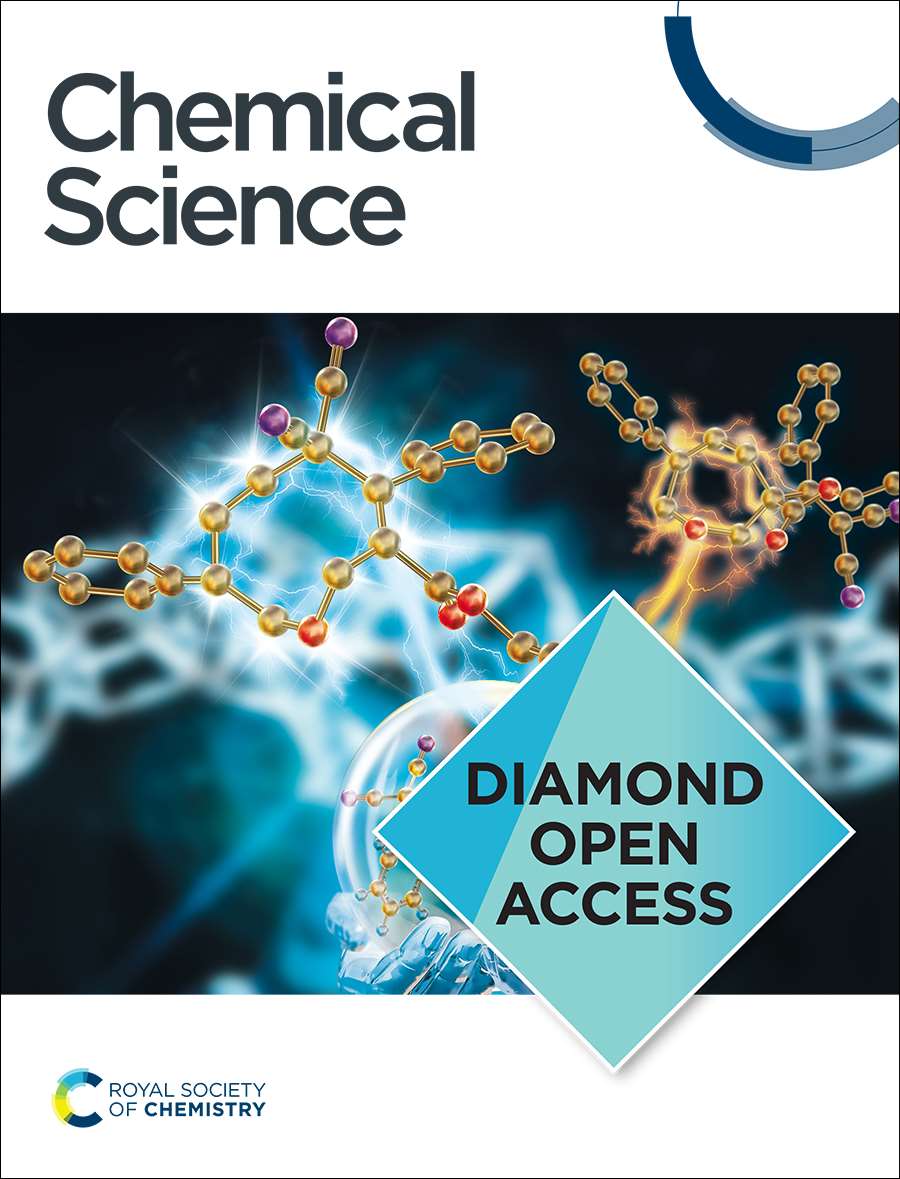Neutral buffered electrolytes guarantee ideal band-edge pinning for semiconductor photoanodes
IF 7.6
1区 化学
Q1 CHEMISTRY, MULTIDISCIPLINARY
引用次数: 0
Abstract
The photoelectrochemical (PEC) processes occurring in semiconductor photoelectrodes have been regarded as similar to the physical processes occurring at the semiconductor/metal interfaces. In contrast, the physicochemical processes occurring in the electrolyte have been considered to be unaffected by the (photo)electrode materials that are employed. We found that these “ideal” situations are not always guaranteed during performing the actual PEC reaction. That is, the present study based on impedance and hydrodynamic voltammetry analyses proposes that the band diagram at the interface between a semiconductor photoanode and an electrolyte can be affected by transient physicochemical phenomena in the electrolyte during the PEC oxygen evolution reaction. Specifically, in the case that a neutral unbuffered electrolyte was employed, a local pH gradient was formed during the reaction and produced a positive shift in the flat-band potential. This means the breakdown of the ideal band bending at the Schottky-like junction. Meanwhile, a neutral buffered phosphate-based electrolyte suppressed the formation of this pH gradient and thus guaranteed ideal band-edge pinning at the photoanode/electrolyte interface. This study provides insights demonstrating that PEC water splitting occurring at the semiconductor/electrolyte interface are distinct from simple analogy to the conventional semiconductor physics and to the physicochemical processes in the electrolyte.

中性缓冲电解质保证了半导体光电阳极理想的带边固定
发生在半导体光电极中的光电化学(PEC)过程被认为与发生在半导体/金属界面上的物理过程相似。相反,电解质中发生的物理化学过程被认为不受所使用的(光)电极材料的影响。我们发现,在进行实际的PEC反应时,这些“理想”情况并不总是得到保证。也就是说,本研究基于阻抗和流体动力伏安分析提出,在PEC析氧反应过程中,电解质中的瞬态物理化学现象会影响半导体光阳极与电解质界面的能带图。具体来说,在使用中性无缓冲电解质的情况下,在反应过程中形成了局部pH梯度,并在平带电位中产生了正位移。这意味着理想带弯曲在肖特基结处被破坏。同时,中性缓冲磷酸盐基电解质抑制了这种pH梯度的形成,从而保证了光阳极/电解质界面上理想的带边钉住。本研究提供的见解表明,发生在半导体/电解质界面的PEC水分解与传统半导体物理和电解质中的物理化学过程的简单类比不同。
本文章由计算机程序翻译,如有差异,请以英文原文为准。
求助全文
约1分钟内获得全文
求助全文
来源期刊

Chemical Science
CHEMISTRY, MULTIDISCIPLINARY-
CiteScore
14.40
自引率
4.80%
发文量
1352
审稿时长
2.1 months
期刊介绍:
Chemical Science is a journal that encompasses various disciplines within the chemical sciences. Its scope includes publishing ground-breaking research with significant implications for its respective field, as well as appealing to a wider audience in related areas. To be considered for publication, articles must showcase innovative and original advances in their field of study and be presented in a manner that is understandable to scientists from diverse backgrounds. However, the journal generally does not publish highly specialized research.
 求助内容:
求助内容: 应助结果提醒方式:
应助结果提醒方式:


